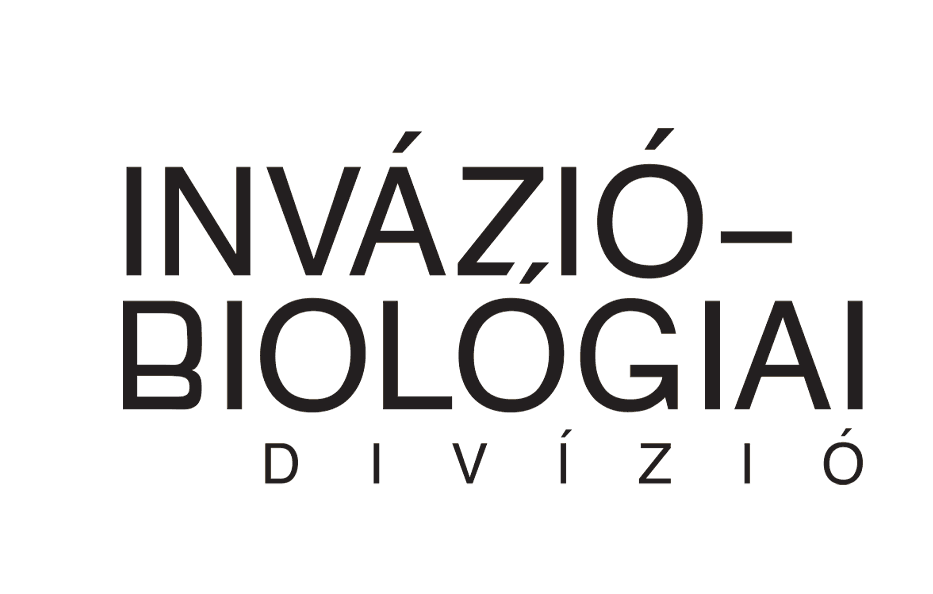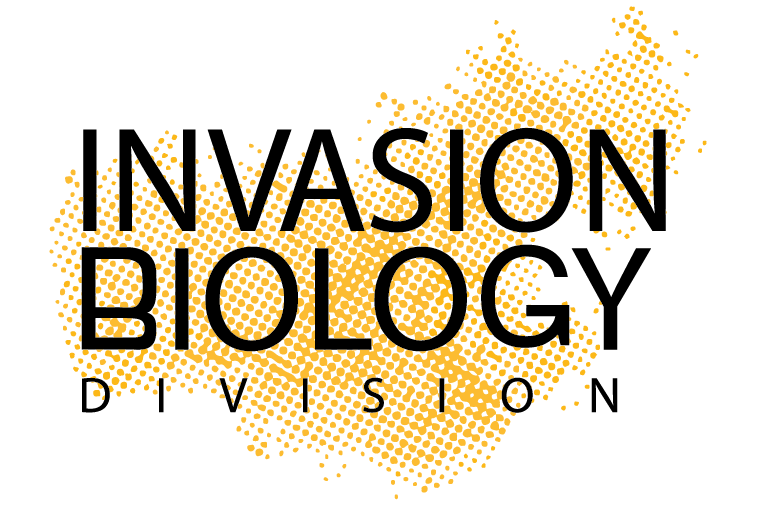Invasions of alien species are a major cause of biodiversity loss, threatening both natural and human-managed ecosystems. Ecological restoration of habitats is key to controlling invasion, and seeding restored habitats with appropriate species can increase their resistance to invasion. In this research, the Centre for Ecological Research’s Restoration Ecology Research Group sought to answer the question: is similarity of plant traits or higher seeding rates of native species more effective at reducing invasive species in the early stages of development?
Seeding experiments were set up in the National Botanic Garden with three alien invasive species that are widespread in Hungary: Common milkweed (Asclepias syriaca), Horseweed (Conyza canadensis) and European bur grass (Tragus racemosus).
The invasive species were grown in pots, sown separately and together with native species. Three dicotyledonous species (Yellow bedstraw Galium verum, Baby’s breath Gypsophila paniculata, Common soapwort Saponaria officinalis) were selected from the Pannonian sandy grassland flora, which have similar plant characteristics, and therefore are expected to have similar resource requirements and stronger competition with the selected invasive species. In addition, a fescue species (Festuca vaginata), the dominant grass species in sand grasslands, and a mixture of all species were also seeded in the experiment. All native species were sown in two different quantities: the same quantity as the invasive species (12-12 seeds) or five times that quantity (60 seeds of the native species).
There were no significant differences between the laboratory-tested germination and germination in pots of the native and alien invasive species. However, it was found that the germination rate of alien species, and consequently their establishment, was reduced when native species were sown at the same time as alien species in higher quantities, although to different extents depending on the species. Seeding of the sand grassland perennial grass (F. vaginata) instead of species with similar characteristics reduced germination the most for all invasive species studied.
These results confirm that invasive alien species can be effectively controlled by sowing native seeds at an early establishment stage, especially at higher densities and using competitive species. Invasion-resistant habitat restoration is best achieved through a combination of several factors. It is important that native species are sown in large quantities and that the seed mixes used include species, such as dominant grasses, that are competitive with invasive species at an early stage of development.



